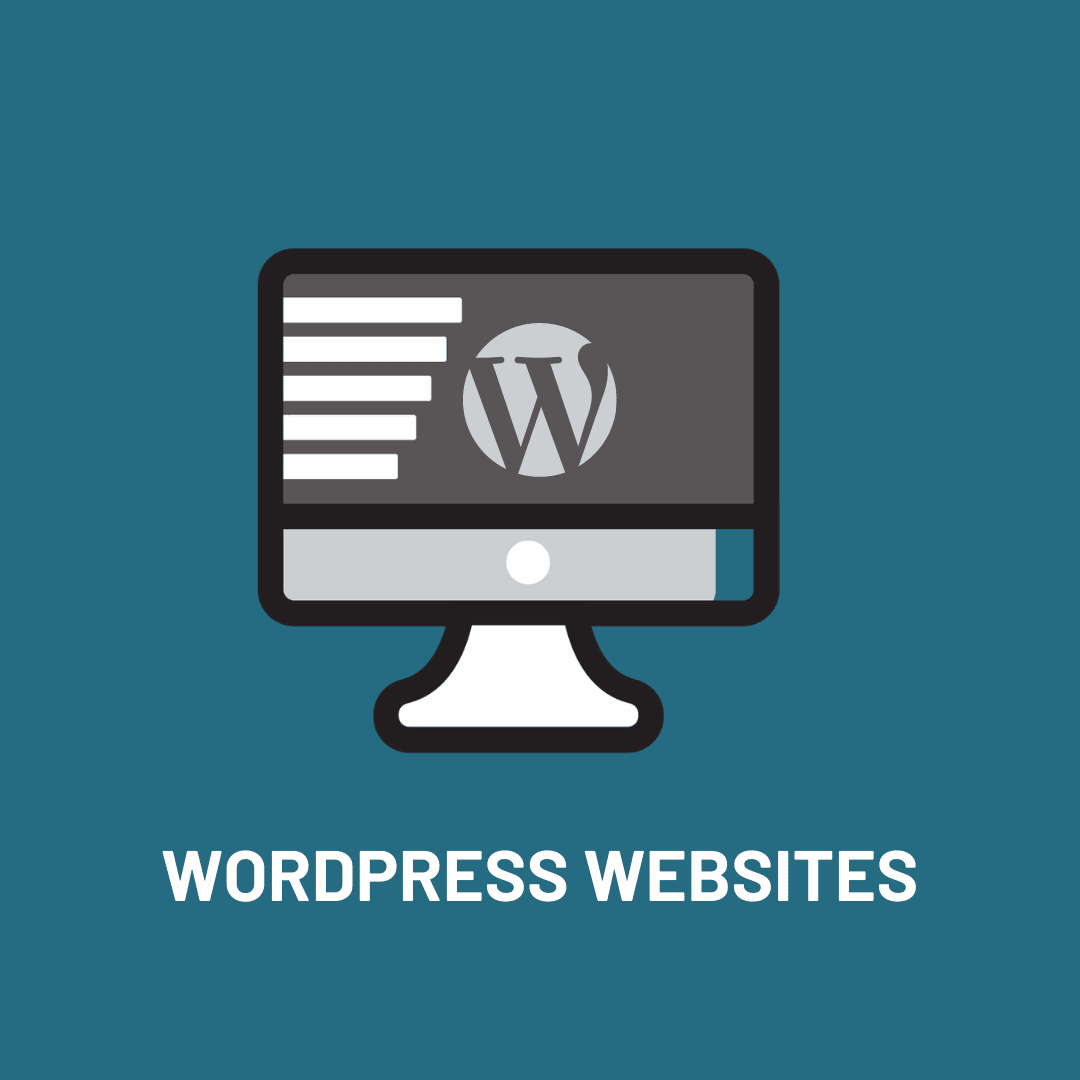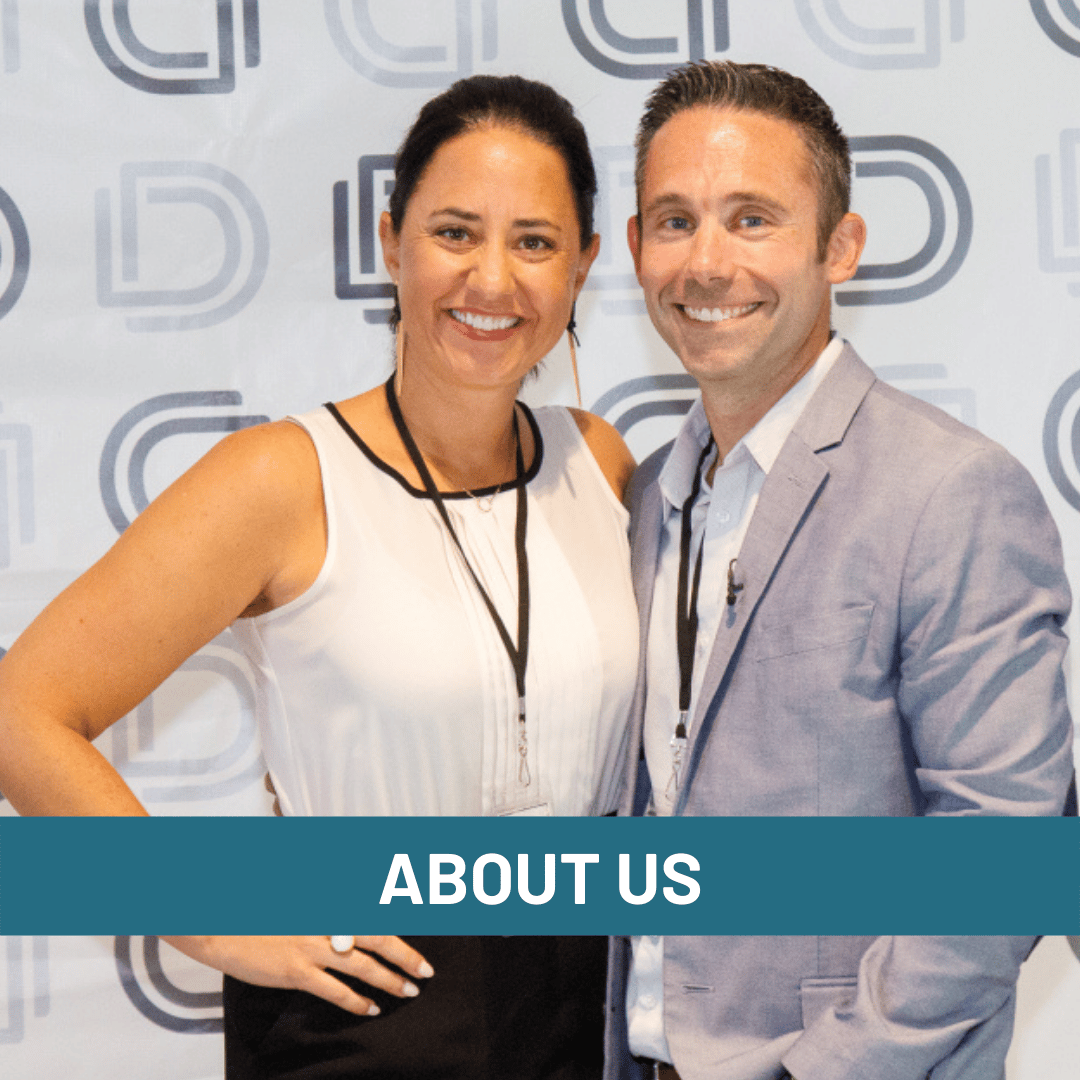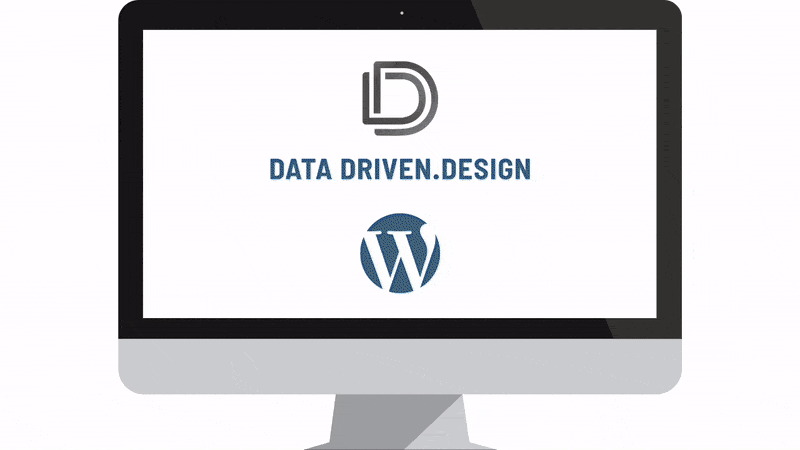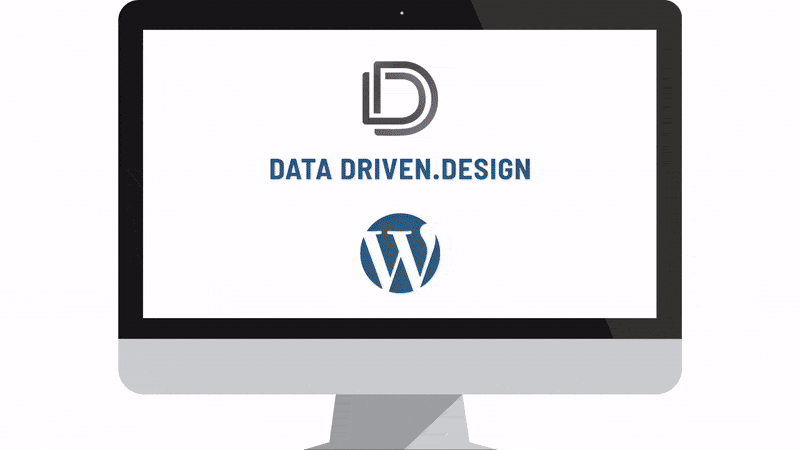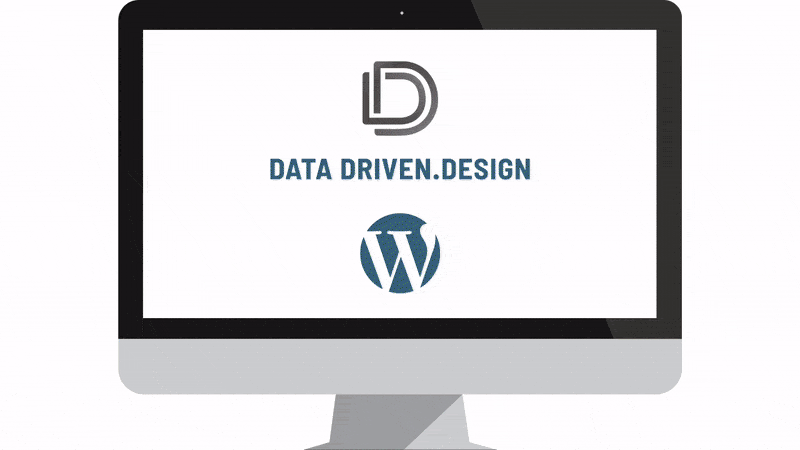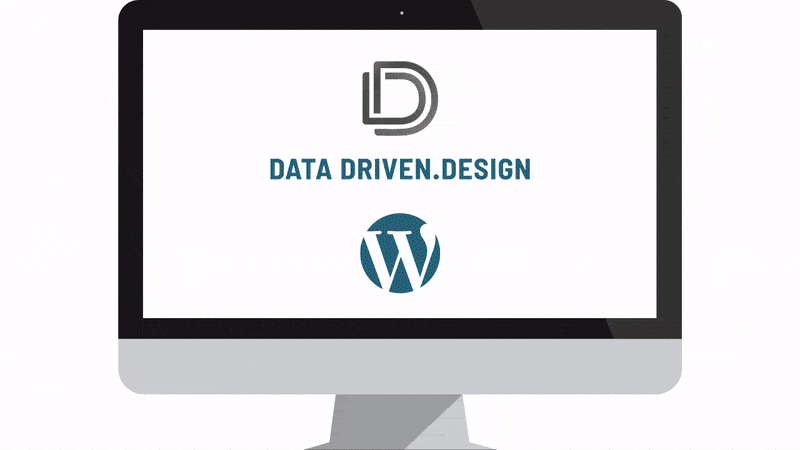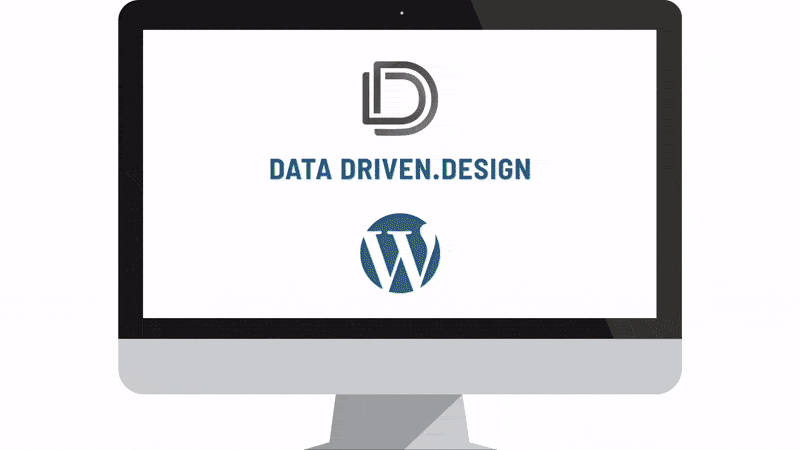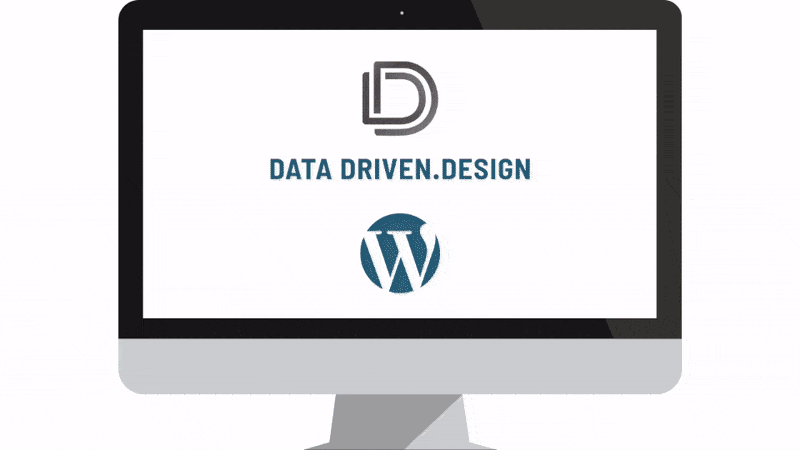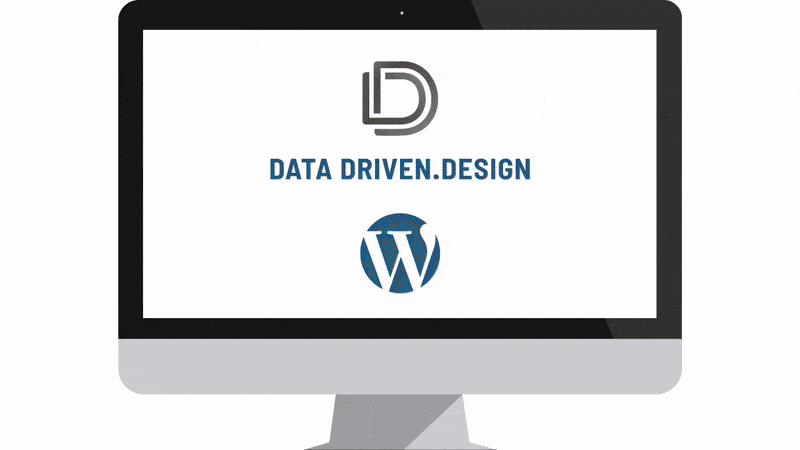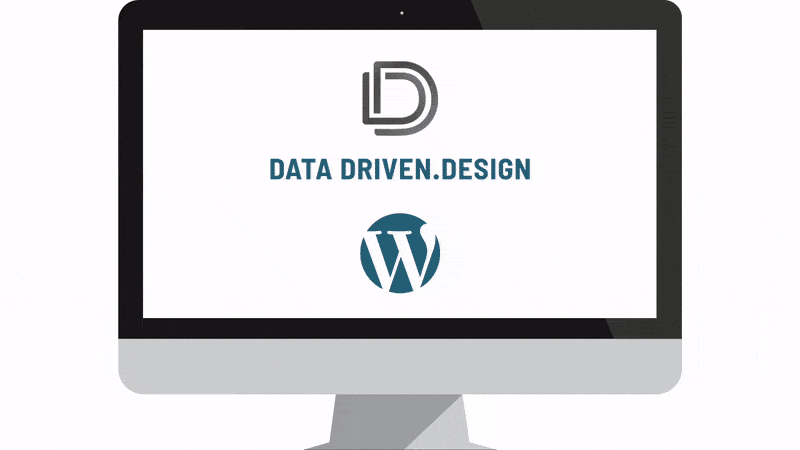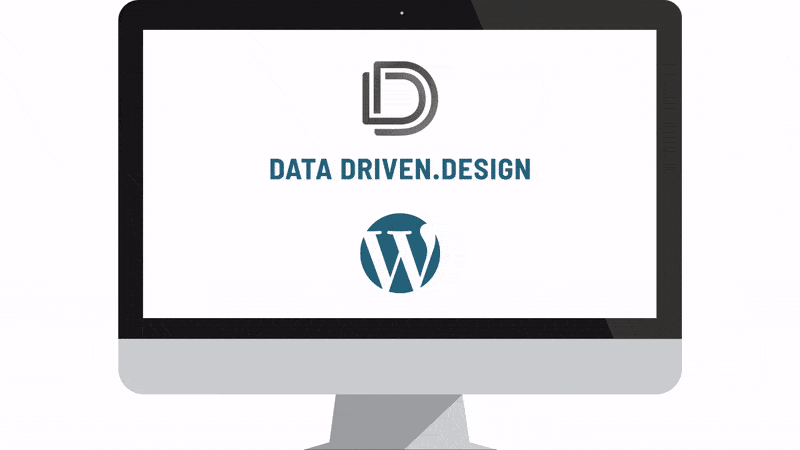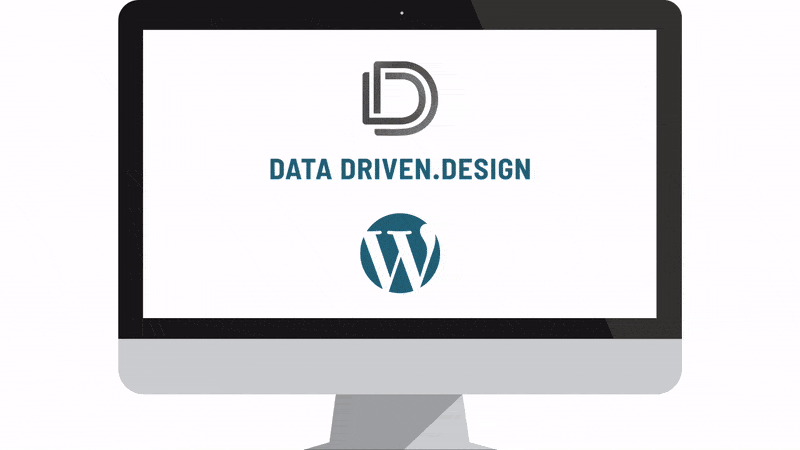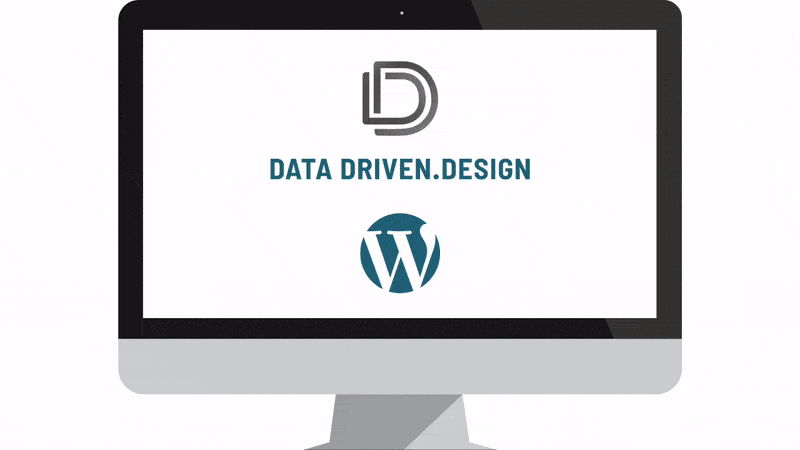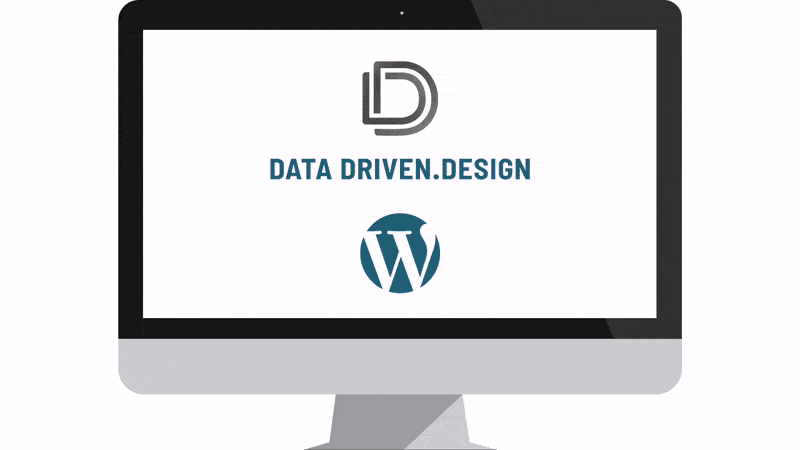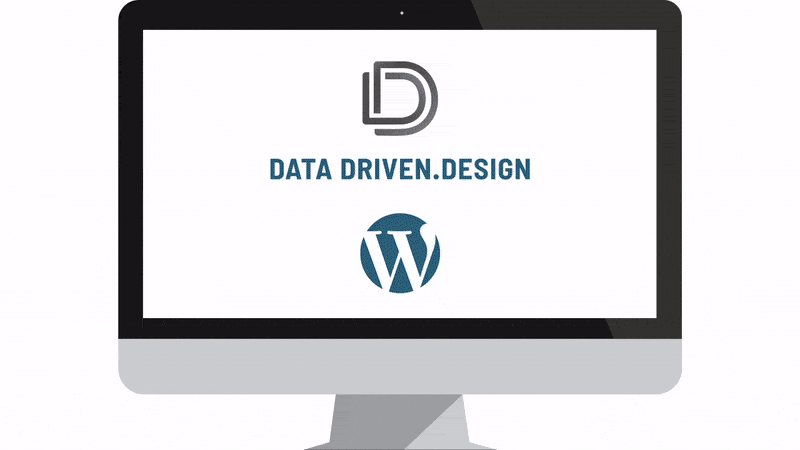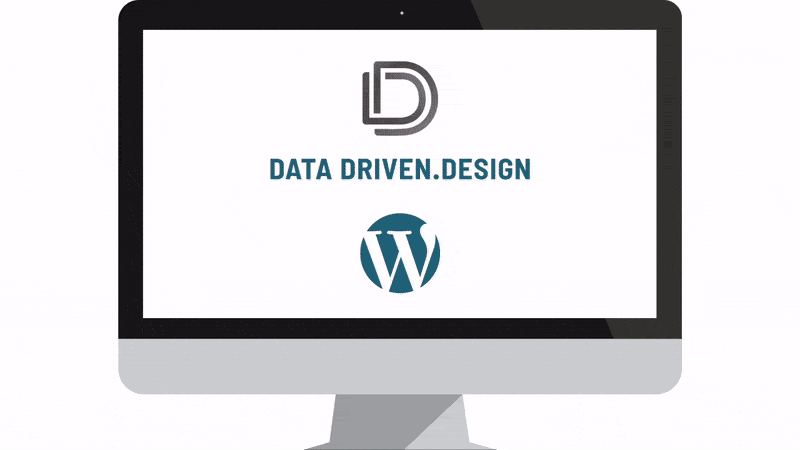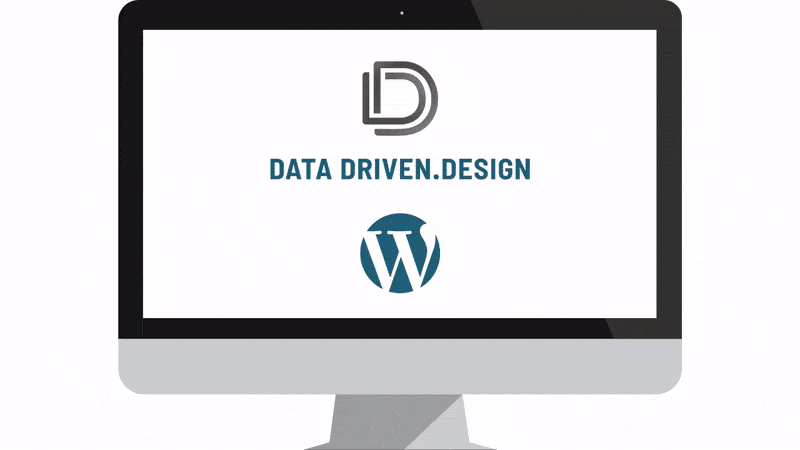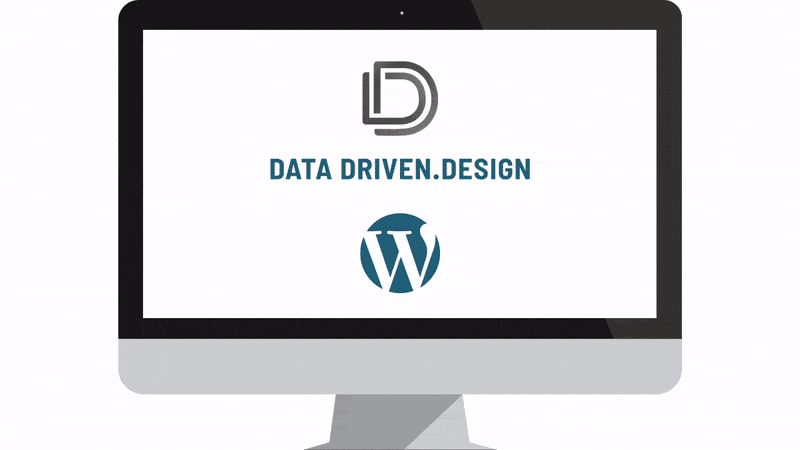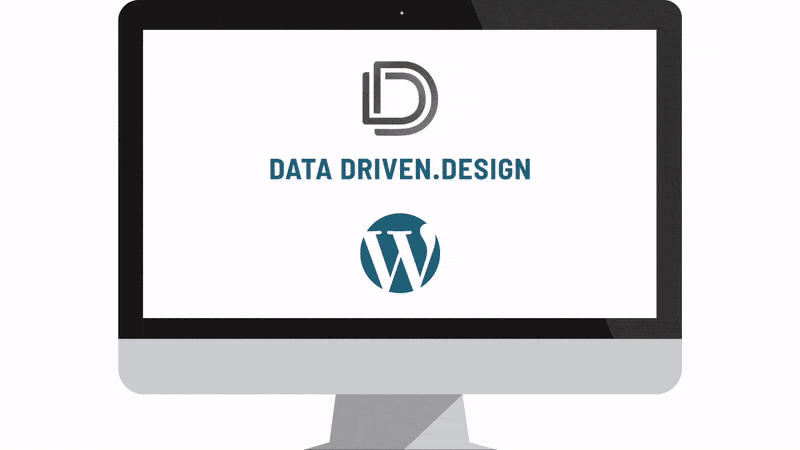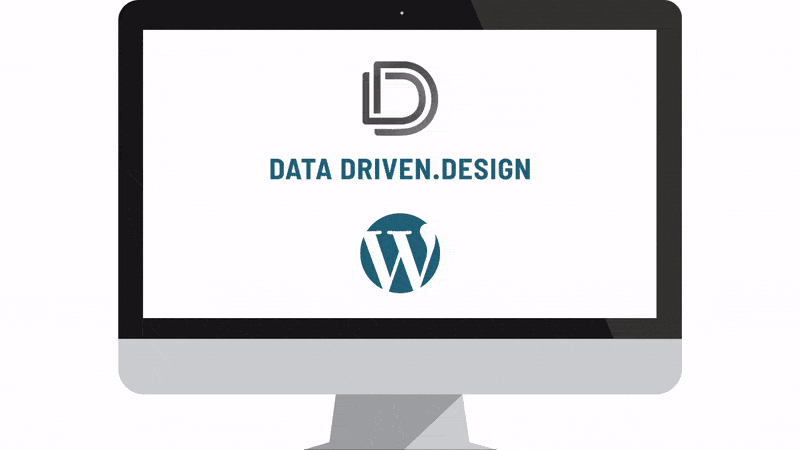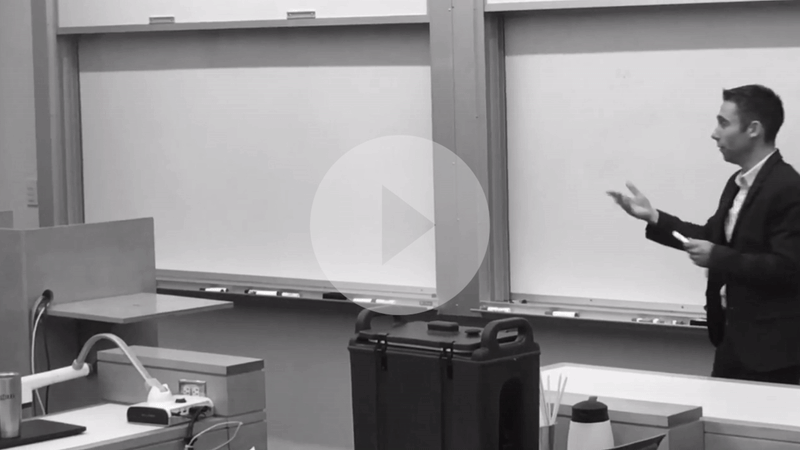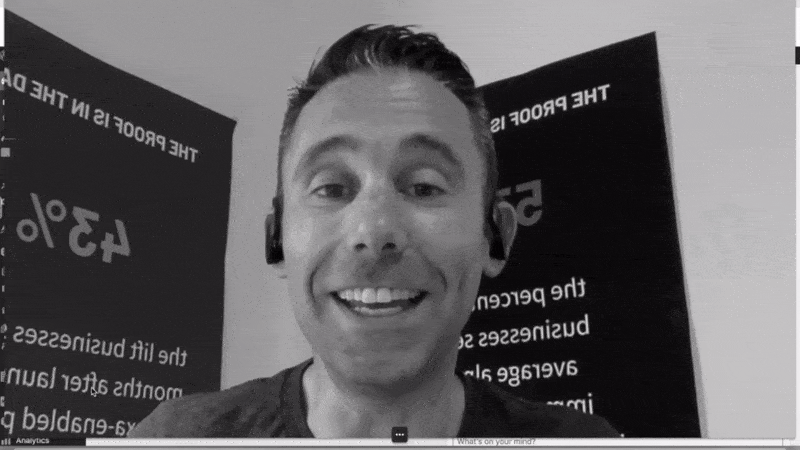Why You Need To Send Email Marketing Messages More Frequently Than You Think (How To Properly Nurture and Segment Your Lists)
READ
As a WordPress designer and developer, I have opted into receive email marketing communications from WooThemes, the company that owns the #1 eCommerce Plug-in for WordPress, WooCommerce.
I have an account with them, and as you can imagine, have purchased many products, for both our business, and our clients.
So, I'm used to getting monthly updates from them on how they've added features, made updates, bug fixes, version updates, etc.
In addition, they send out a monthly communication that highlights "best eCommerce Web Design practices."
As I believe most Email Newsletters are / should be to brands, WooThemes' monthly email communications are helpful, not pushy, and generally just a friendly reminder that their company exists, and can be trusted.
So, two email communications per month, on average, with a purpose, and some substance behind it.
This is how we advise all of our clients (and prospective clients) to treat email marketing. Don't be afraid to email your lists this often.
Not only are most small business owners and marketers afraid to email their lists this often, but they're REALLY confused / afraid of the following strategy that WooThemes recently deployed.
They asked people on their current list, if they wanted to receive a specific type of communication - their "2018 Holiday Tips and Tricks" for eCommerce, featuring four weeks of tips, content, and tricks from WooCommerce and friends, including how to:
- Prepare for traffic spikes
- Make your navigation holiday-shopper friendly
- Drive revenue with data-led tactics
- Create a gifting guide
- Enable subscription gifting
- Handle shipping returns
- Prepare for the post-holiday tax season
So, to recap, I'm already on their list. They can just SEND IT TO ME. They don't have to ask, but instead, they're asking me if I want to receive this, making me go through this flow, and while courteous, they're NOT doing it as a courtesy. 🙂 They're doing it as a list segmentation / lead nurturing STRATEGY, to make sure that users who opt-in, receive more frequent and different types of communications, than users that click the landing page and don't opt-in, or that ignore the email completely. And yes, they can see all of that data, and we can show you how you can as well.
So instead of being afraid of volume, consider this list segmentation strategy. Ask your users if they want to receive a specific drip flow, or type of communication. If they opt-in (i.e., fill out the landing page) you can have your web developer (or us) set up your email marketing service provider (i.e. Mailchimp, Constant Contact, Emma, etc.) to drop email addresses into your special list (called list segmentation) and those users can then receive these special communications, while those who don't say they want them, won't get them.
Basically, this is how to provide optimal value to those who want it from you, while not annoying those who don't want it from you.
You will accomplish two things in the process:
1. Keep those who want to be close to you closest to you and most loyal to you.
2. Keep those who don't want to be closest to you, close enough to contact you when they're ready.
I'd normally have an analogy for this, but my brain is fried right now. I hope this makes sense. Below is the flow I went through with WooThemes' communication.
Your users MAY question why you're doing this, but if presented like the way WooCommerce does, they should appreciate it more than they question it, and you'll only get the people who truly want the communication on the communication.
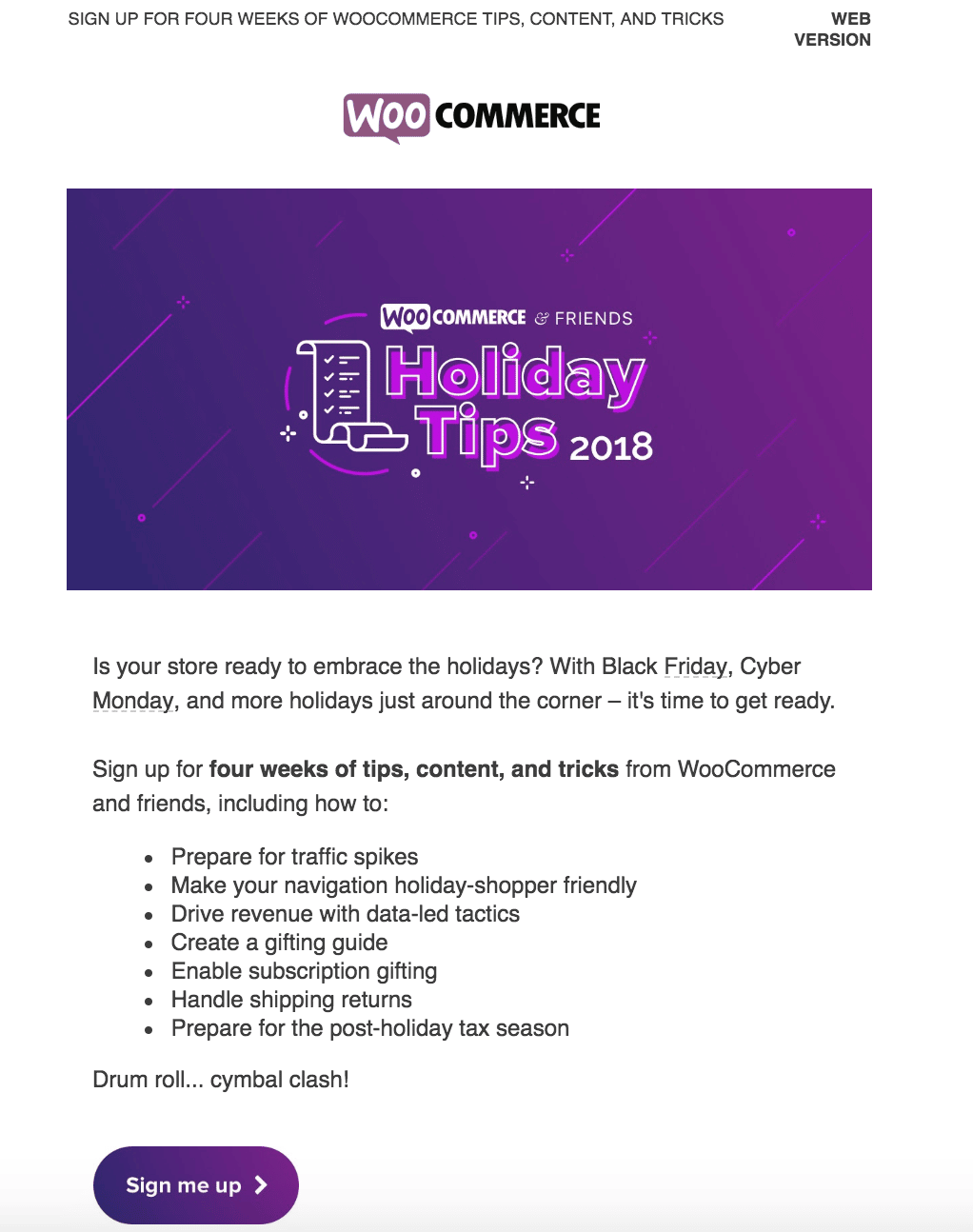
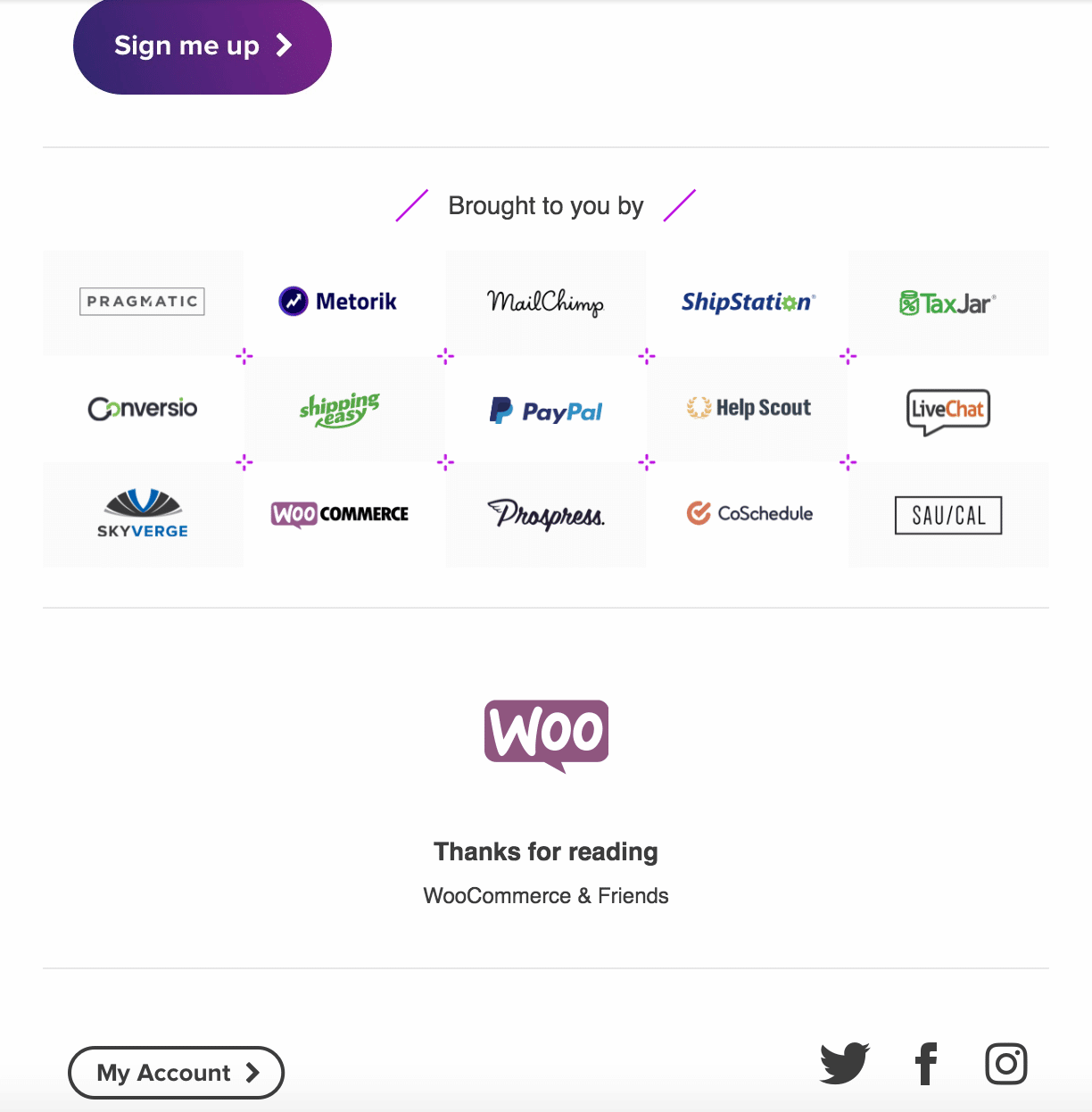
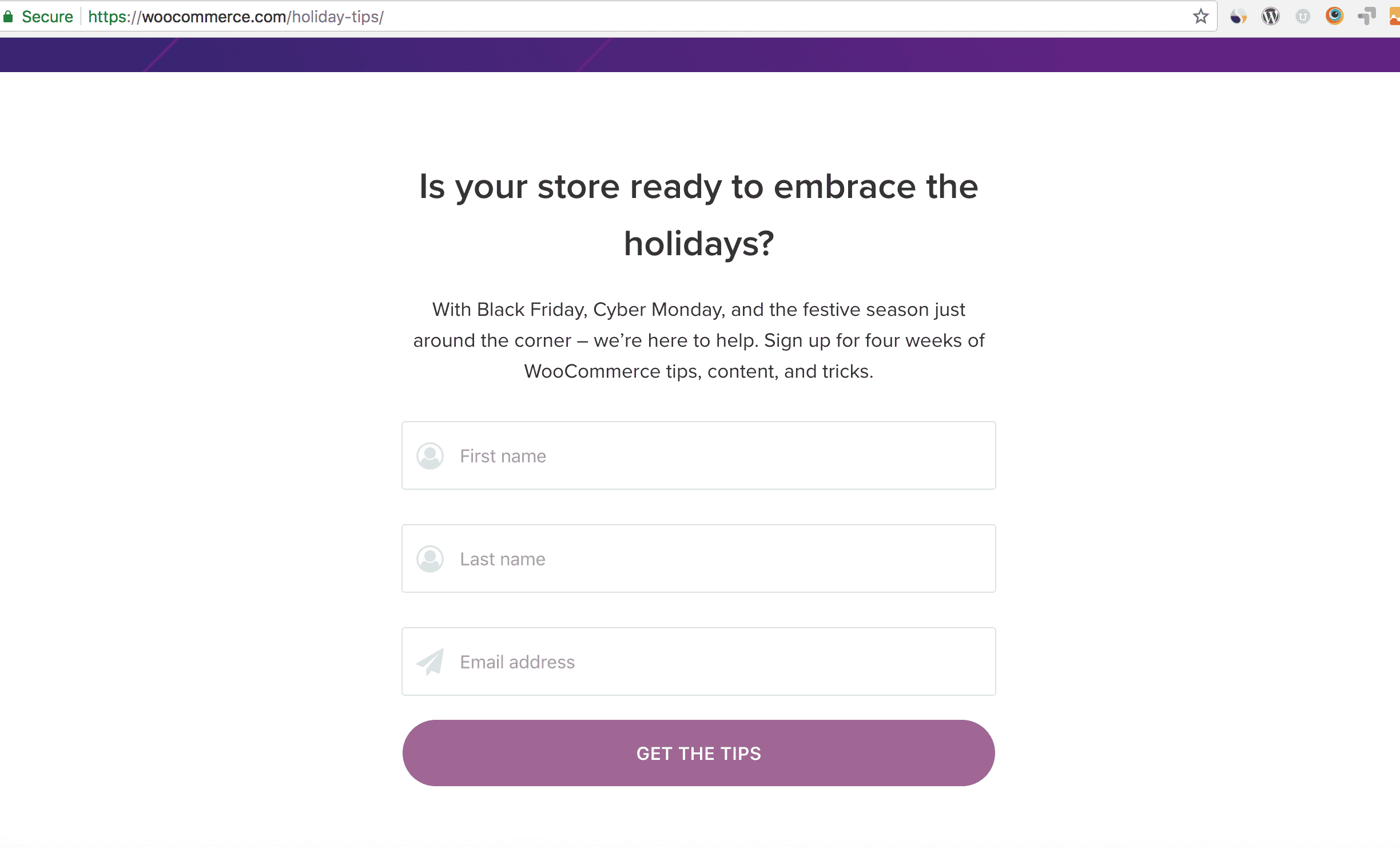

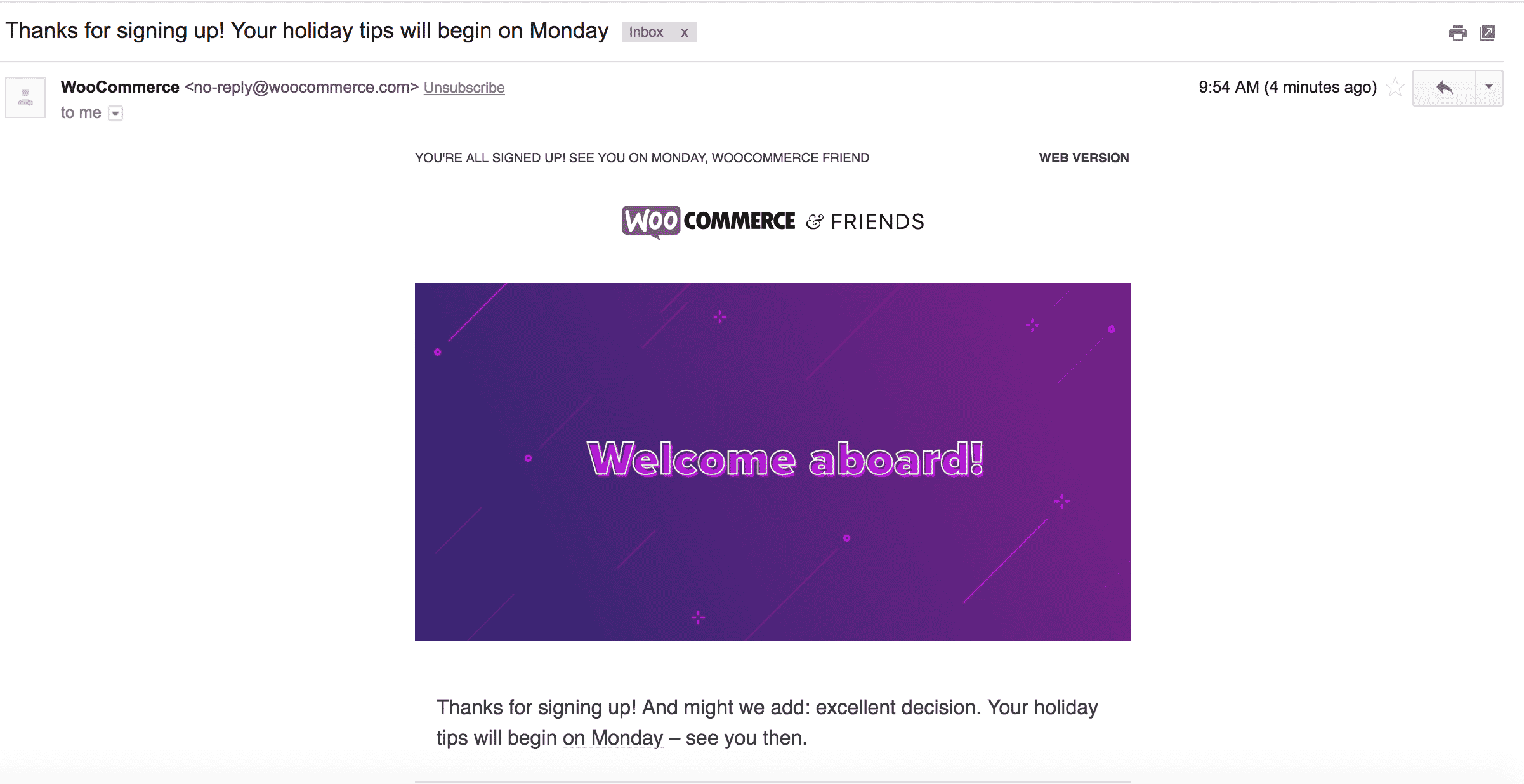
Hit me up with any questions on digital marketing, email marketing, web design and development at any time at paul@datadriven.design.
Thanks for reading, watching and listening, and have a great day!
KEEP MARKETING!
Paul Hickey, Founder / CEO / Lead Strategist at Data Driven Design, LLC has created and grown businesses via digital strategy and internet marketing for more than 10 years. His sweet spot is using analytics to design and build websites and grow the audience and revenue of businesses via SEO/Blogging, Google Adwords, Bing Ads, Facebook and Instagram Ads, Social Media Content Marketing and Email Marketing. The part that he’s most passionate about is quantifying next marketing actions based on real data.
